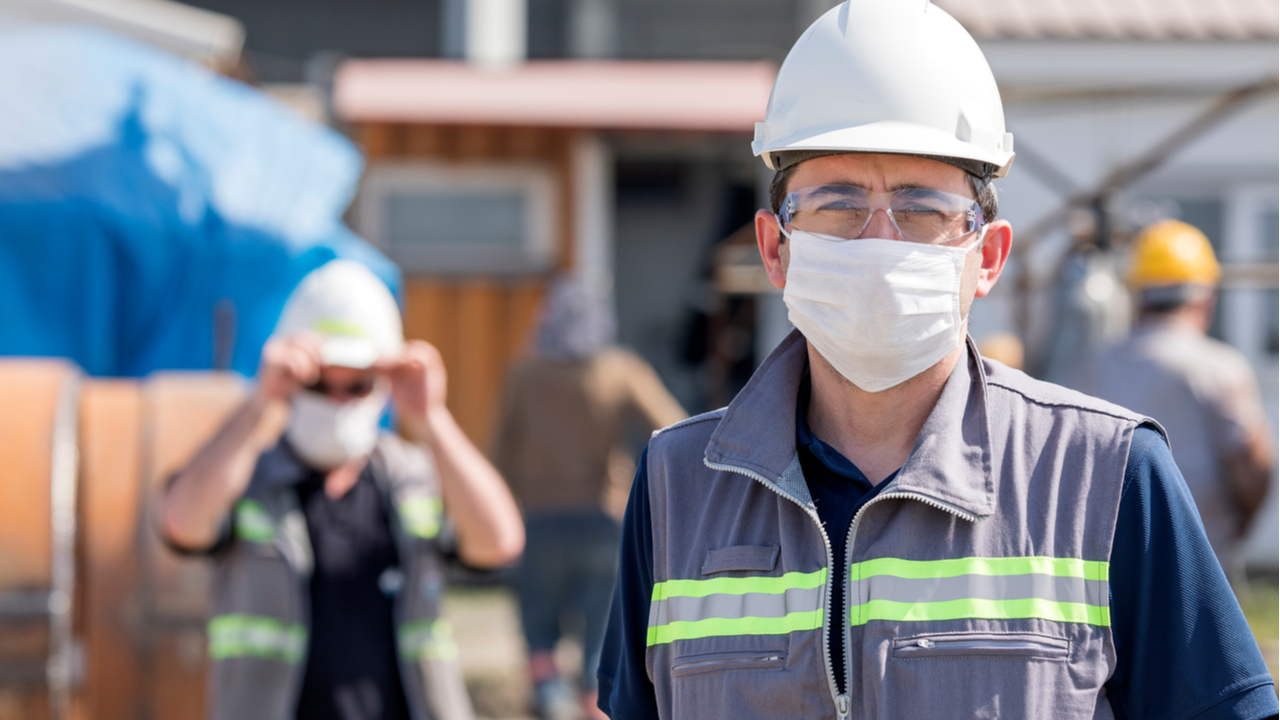of Safety
Fatigue in the workplace is a widespread concern across Canada—a factor in 13% of workplace injuries. More than feeling tired and drowsy, workplace fatigue is mental or physical exhaustion that reduces a person’s ability to work safely and effectively. It reduces a person's ability to respond adequately to workplace hazards.
Workplace fatigue also has a costly financial impact on businesses. A study in the Journal of Occupational and Environmental Medicine found that US businesses lose more than $100 billion per year to fatigue-related absenteeism and reduced productivity. And according to WorkSafeBC, an estimated 40 to 50 percent of workers are fatigued at work.
Fatigue can affect everyone at work. Specific work-related risks include:
- Tasks that are repetitive, complex, boring, or require sustained mental or physical effort
- Environmental factors such as heating, lighting, and noise
- Schedules, including irregular hours, extended shifts, night shifts, and overtime.
Fatigue contributes to workplace incidents in many ways. It reduces reaction time, impairs decision-making, impacts memory and recall, and contributes to communication challenges.
Actions to take:
- Identify hazards in your workplace that could contribute to fatigue OR where fatigue will increase the risk to the worker
- Control the hazard to minimize the risks
If You Do Not Manage Your Fatigue, It Will Manage You





